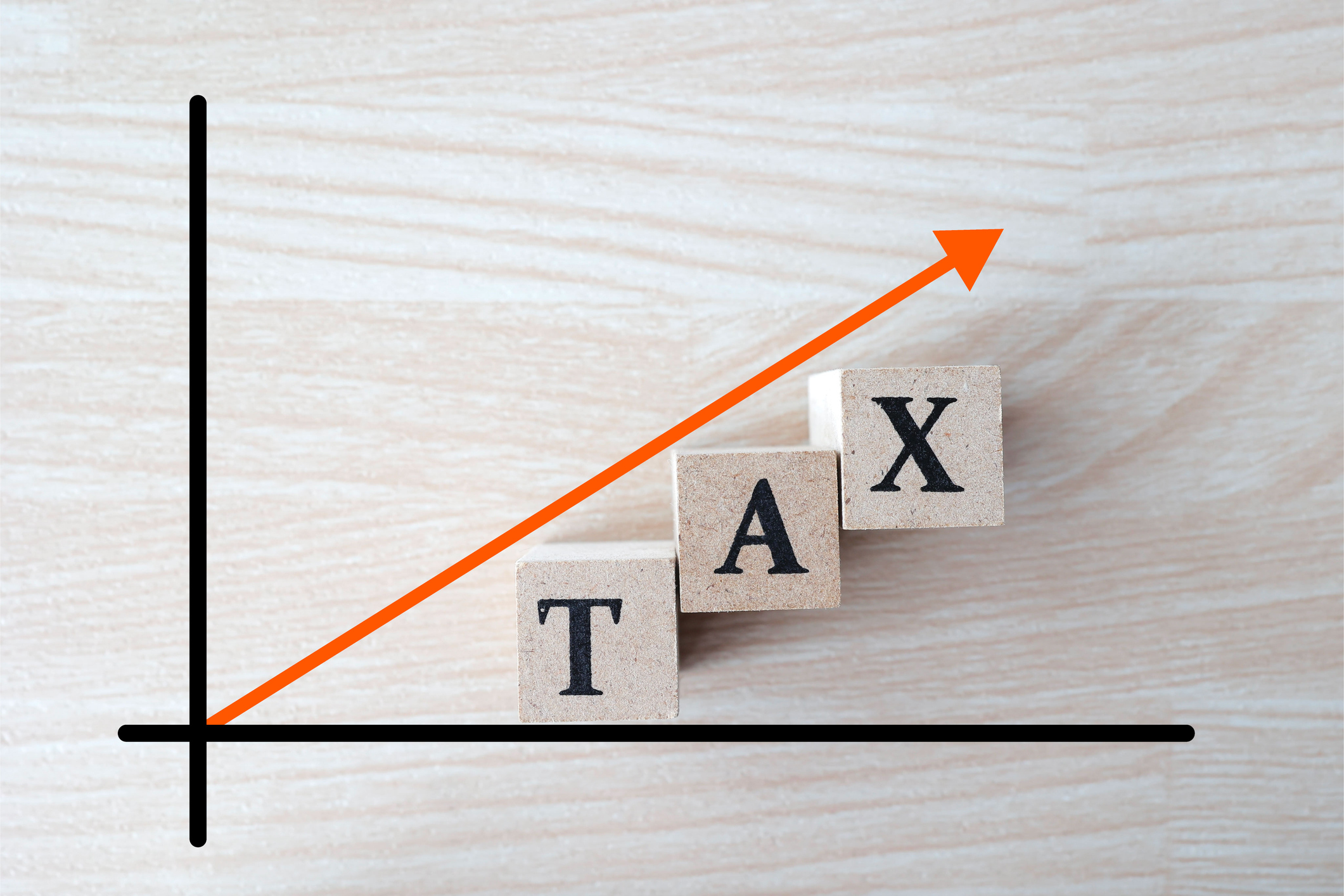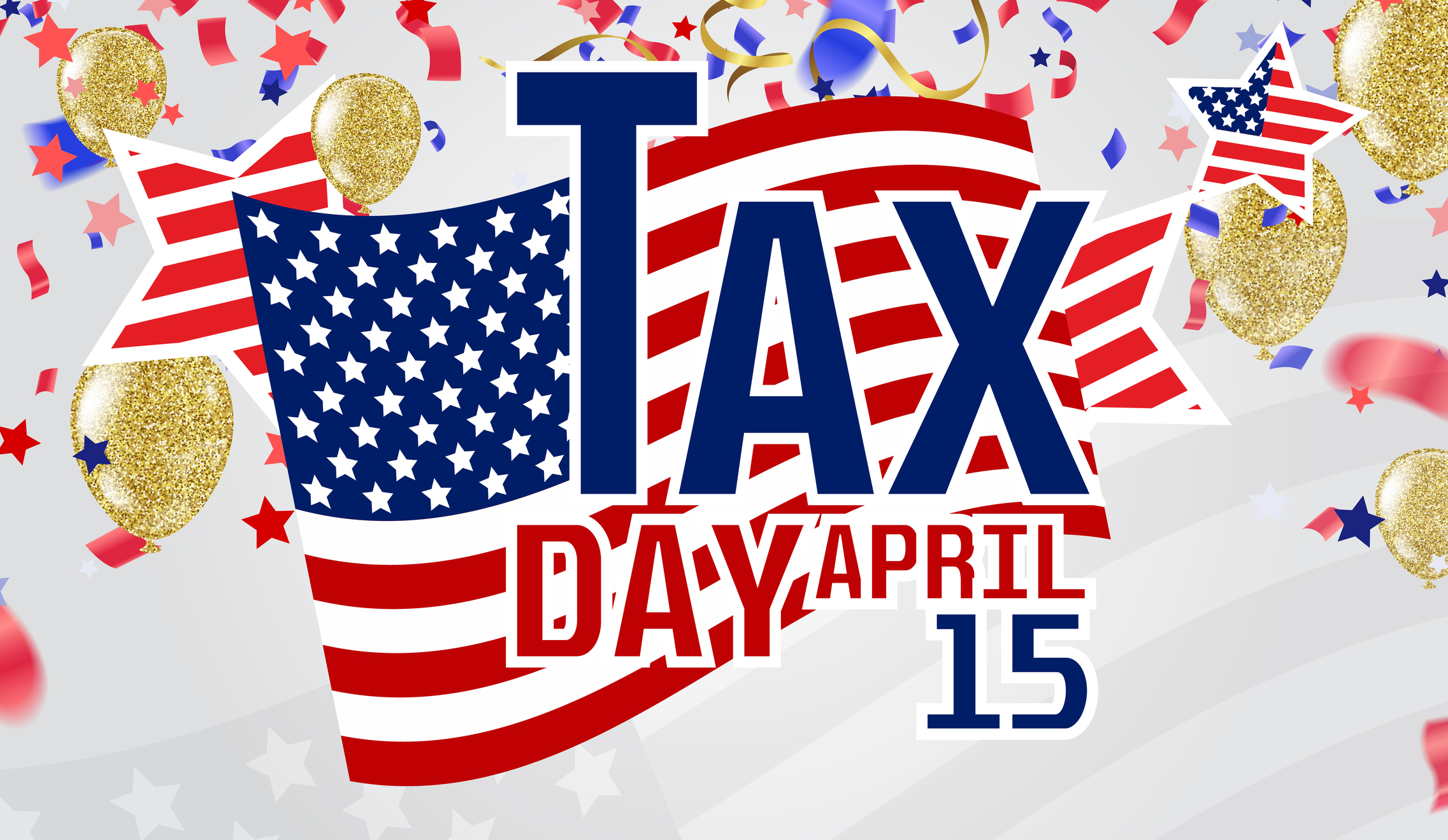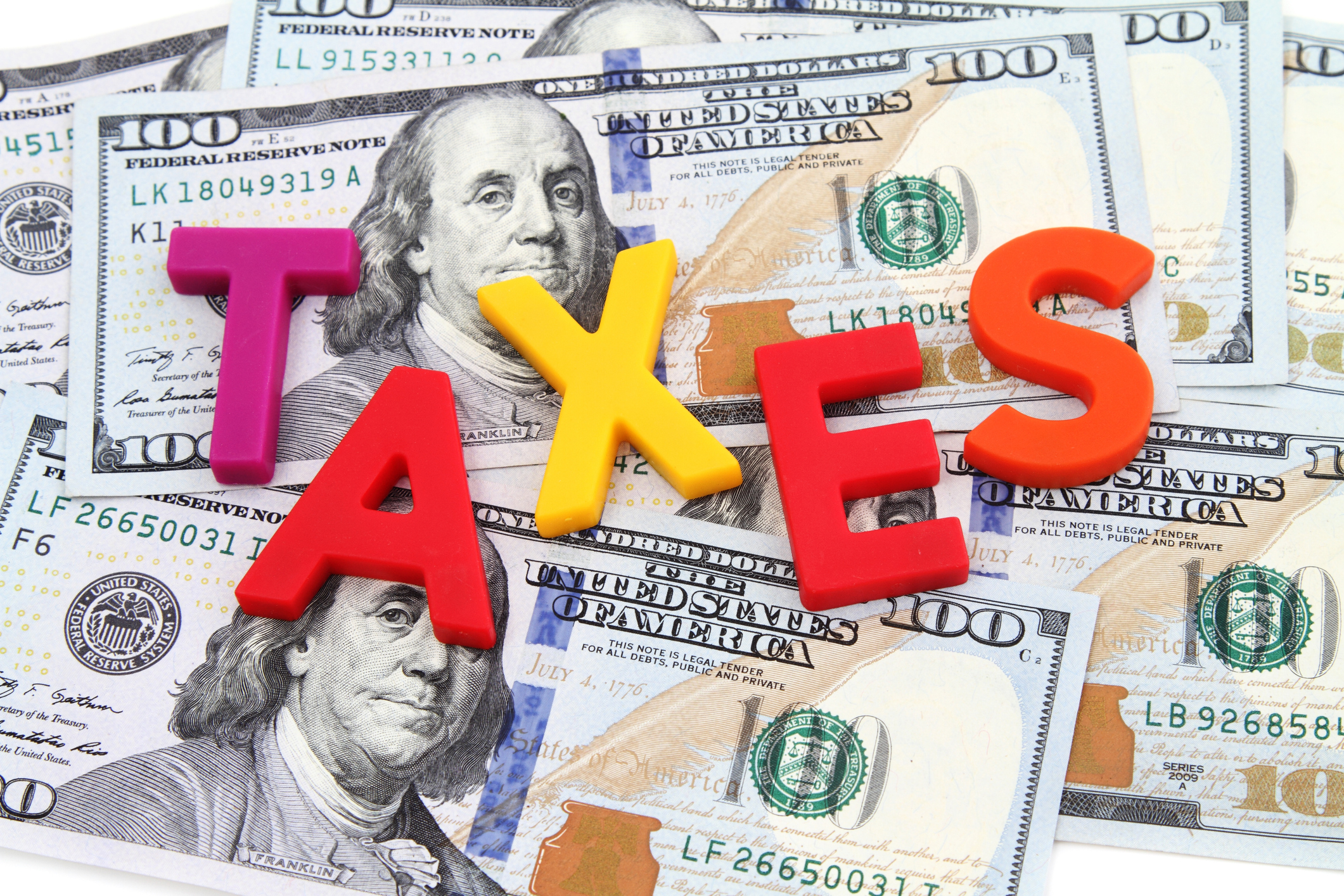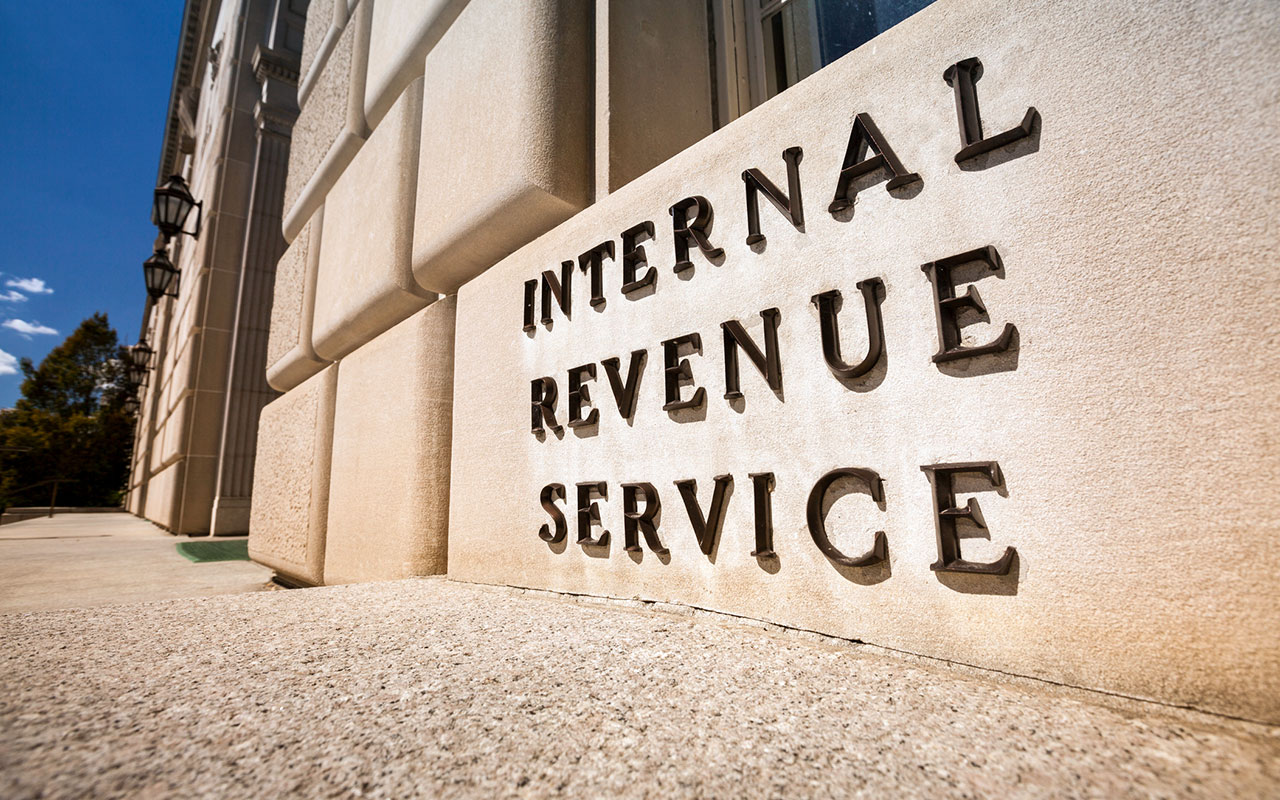Which Generation Pays the Most Tax in the US?
Polls show that most people feel like taxes are unfair. But which age group bears the brunt of the tax burden in the United States?


It's probably safe to say that most people don’t like paying taxes. Many feel they are paying too much.
A Gallup poll revealed that 60% of U.S. taxpayers believe their federal income tax burden is too high. In addition, a new 2025 survey indicates that just over 50% of respondents think income taxes are unfair.
So, as we approach the end of the 2025 tax season — the federal tax deadline was April 15 for most — it’s a good time to consider how the tax burden in the United States is distributed.

Sign up for Kiplinger’s Free E-Newsletters
Profit and prosper with the best of expert advice on investing, taxes, retirement, personal finance and more - straight to your e-mail.
Profit and prosper with the best of expert advice - straight to your e-mail.
Recent studies provide insights into which age groups contribute the most to the nation’s tax revenue. So, which generation pays the most in taxes? Read on for the details.
The main contributors: 45-55 year-olds pay nearly 30% of all income taxes
According to an analysis by the Tax Foundation, U.S. taxpayers ages 45 to 55 bear the largest share of the income tax burden.
This age group accounts for about 29% of the total income taxes paid to the federal government.
The study, which examined IRS data, indicates that individuals age 45 to 55 pay the most in absolute terms and experience the highest effective tax rates. (IRS data from 2024 lack age-specific shares but generally confirm peak tax rates around age 55.)
Tax rates by age data from the National Bureau of Economic Research (NBER) corroborate those findings.
The NBER model shows that those in their mid-40s to mid-50s face the highest (and similar) average tax rates:
- The 45-50 age group faces an average tax rate of 17.2%
- The 50-55 group faces a slightly higher rate of 17.6%
Why does this age group pay so much? The answer could lie in their earnings.
The Tax Foundation's research revealed that people age 45 to 55 are typically in their peak earning years, accounting for 26% of the nation's total adjusted gross income (AGI). (That’s despite making up only 18% of all federal income tax returns.)
And, as if high taxes weren’t enough, individuals in their late 40s to mid-50s often face additional financial burdens as the "sandwich generation."
This group often simultaneously supports aging parents and adult children while managing their own mid-career and economic pressures.
Tax burden by age: What about Gen Z taxes and retirees?
- Households headed by individuals aged 45 to 54 face the highest average annual tax bill of $36,140.
- Of this amount, $24,149 went to the federal government and $11,991 to state and local authorities.
- The tax burden on the 45-54 age group is 4.3 times larger than that of those 75 and older, even though their average household incomes are only about 2.6 times as large.
At the other end of the spectrum, younger people contribute significantly less to the overall tax burden.
Data show that those under age 35 account for only 11% of total taxes paid. That’s despite making up 35% of all tax filers. Studies show that the lower burden is primarily due to lower incomes and a potentially higher proportion of non-payers in that age group.
For older adults, data suggest the tax burden decreases as individuals approach and enter retirement.
The Tax Foundation's study shows that for those older than 60, median total tax rates dropped below 5% by age 68 and below 2% by age 74.
That decline is reportedly mainly due to the shift from earned income to retirement income sources, some of which are exempt from certain taxes.
A study by the Pew Charitable Trusts highlights how the aging population will likely shift tax burdens in the coming years. As the proportion of retirees grows, that could increase the relative burden on younger workers.
The next highest tax-paying group is those aged 55 to 65, who pay about 23% of total income taxes. The two age brackets combined — 45 to 65 — contribute over half of all taxes collected in the U.S.
The Tax Foundation's study on total tax burden, including federal, state, and local taxes, provides more insights:
The following table combines Tax Foundation and NBER model data to show the tax burden across age groups.
Age Group | Percent of Total Income Taxes Paid | Average Tax Rate |
|---|---|---|
Under 35 | 11% | 14.5% |
35-44 | 21% | 16.8% |
45-54 | 29% | 17.6% |
55-65 | 23% | 17.2% |
65-75 | 12% | 12.3% |
75+ | 4% | 7.8% |
Do you pay too much tax?
Many feel the U.S. tax system disproportionately benefits the wealthy and corporations and overburdens “regular workers.” Gallup’s surveys reveal that 70% of respondents believe corporations contribute too little, a view shared across political affiliations.
Similarly, nearly 60% argue that high earners don’t pay their fair share. At the same time, 58% say lower-income households shoulder too much, highlighting concerns about unequal burdens on working families.
The situation is complex: While data show that the top 1% account for nearly half of federal income tax revenue, billionaires often can minimize income taxes through strategies like untaxed asset growth.
(Wealthy individuals and corporations frequently leverage tax code advantages to reduce income tax liabilities, while their wealth, often tied to stocks and assets, grows largely untaxed.)
- For instance, a pandemic-era ProPublica analysis found that some ultra-wealthy individuals paid no federal income tax in certain years despite massive wealth gains, relying on loopholes for investments and corporate holdings.
- Meanwhile, other groups emphasize that workers with middle and lower incomes face higher effective rates on wages due to payroll and state taxes, which consume a larger portion of their earnings.
So, even if the top 1% technically contribute more in income taxes overall, everyday workers pay higher rates on their salaries.
Paying taxes: What you can do
If you feel you are paying too much tax, take advantage of all tax deductions and credits you're eligible for and consider the following strategies to potentially lower your tax bill next year.
Additionally, consult a qualified and trusted tax professional or certified financial planner who can customize an approach based on your situation.
Maximize Retirement Contributions: For 2025 (returns you’ll file in early 2026), you can contribute up to $23,500 to your 401(k) if you're under 50. For those age 50–59 or 64+, the catch-up is $7,500 (total $31,000).
A new "super catch-up" rule allows those 60–63 to contribute an additional $11,250, totaling $34,750 (if your plan permits). Those contributions can reduce your taxable income.
Roth Conversions: If you're in a lower tax bracket now but expect to be in a higher one in retirement, converting some of your traditional IRA to a Roth IRA could save you money.
Health Savings Accounts: HSAs allow tax-deductible contributions that reduce taxable income, offer tax-free growth on investments, and enable tax-free withdrawals for qualified medical expenses. 2025 Limits: $4,300 (self-only) / $8,550 (family), with a $1,000 catch-up for those 55+.
FSAs: Flexible Spending Accounts allow you to use pre-tax dollars for healthcare or childcare costs and lower your taxable income at the same time.
Charitable Donations: This might include giving stocks/funds directly to nonprofits and using dedicated giving accounts for upfront deductions. However, to claim charitable donations, you have to itemize deductions.
Related
Get Kiplinger Today newsletter — free
Profit and prosper with the best of Kiplinger's advice on investing, taxes, retirement, personal finance and much more. Delivered daily. Enter your email in the box and click Sign Me Up.

As the senior tax editor at Kiplinger.com, Kelley R. Taylor simplifies federal and state tax information, news, and developments to help empower readers. Kelley has over two decades of experience advising on and covering education, law, finance, and tax as a corporate attorney and business journalist.
-
 How Many IRS Commissioners Have We Gone Through This Year?
How Many IRS Commissioners Have We Gone Through This Year?IRS Who were the former commissioners, and why did they resign? Find out how IRS turnover can impact your taxes.
By Kate Schubel
-
 Trump Dials Back Most Tariffs but Targets China
Trump Dials Back Most Tariffs but Targets ChinaThe Kiplinger Letter Wall Street hopes that higher tariffs on most countries are on hold for good. But the trade war between the U.S. and China is heating up.
By Jim Patterson
-
 Here’s How the Trump Harvard IRS Tax Threat Could Impact You
Here’s How the Trump Harvard IRS Tax Threat Could Impact YouTax Law Trump's latest higher education showdown raises fundamental questions that could reach beyond nonprofit tax status.
By Kelley R. Taylor
-
 Tax Day 2025: Don’t Miss These Freebies, Food Deals and Discounts
Tax Day 2025: Don’t Miss These Freebies, Food Deals and DiscountsTax Day You can score some sweet deals on April 15 in some select restaurants like Burger King, Shake Shack, and more.
By Gabriella Cruz-Martínez
-
 Tax Time: Does Your Kid Influencer Owe Taxes?
Tax Time: Does Your Kid Influencer Owe Taxes?State Tax Some minors are making big money on social media. Here’s how to know if they need to file taxes.
By Gabriella Cruz-Martínez
-
 Trump Plans to Terminate IRS Direct File program
Trump Plans to Terminate IRS Direct File programTax Filing Direct File was piloted last year in 12 states and has since expanded to 25. But some wonder whether the program will last under the Trump administration.
By Gabriella Cruz-Martínez
-
 Kentucky Tax Deadline Extension Might Cost You More Money: What to Know
Kentucky Tax Deadline Extension Might Cost You More Money: What to KnowState Taxes Kentucky flooding and storms caused the IRS and state to extend the 2025 tax filing deadline. But should you file later?
By Kate Schubel
-
 Did Florida’s Chance at $1,000 in Property Tax Rebates Vanish?
Did Florida’s Chance at $1,000 in Property Tax Rebates Vanish?State Taxes The Florida Legislature bypassed Gov. Ron DeSantis’ wish to cut property taxes and instead voted to lower the state’s sales tax.
By Gabriella Cruz-Martínez
-
 How Caregivers for Adults Can Save on Taxes in 2025
How Caregivers for Adults Can Save on Taxes in 2025Tax Breaks Caring for your parent or spouse can be stressful, but the IRS offers tax breaks for qualifying taxpayers. Here they are.
By Kate Schubel
-
 New South Carolina Income Tax Cut Might Eat Your Cash
New South Carolina Income Tax Cut Might Eat Your CashState Taxes South Carolina’s flat income tax bill could have the majority of residents paying higher income taxes. Find out how.
By Kate Schubel